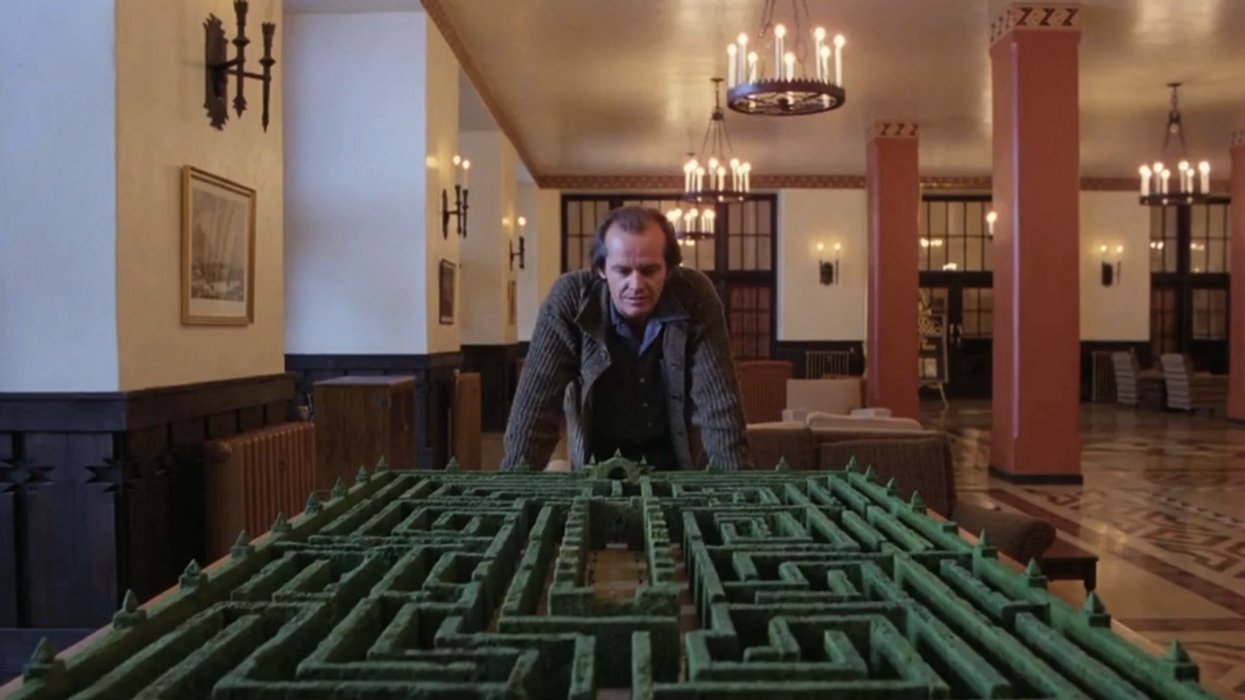Watch a Video Analysis of the Signature Shots of Kubrick, Tarantino, and Wes Anderson

It's no secret that many directors have "signature shots," or shots that they tend to use (or even overuse) in their films. Vimeo user kogonada has edited together three brilliant mashups of some of the signature shots of Stanley Kubrick, Quentin Tarantino, and Wes Anderson. As a community of filmmakers, I think we can all agree there is something to be learned from how the greats make use of these shots. Hit the jump for the first video, which shows Kubrick's use of the One-Point Perspective:
The One-point Perspective is basically where all planes on a composition have the same vanishing point. I find the graph at the beginning to be particularly helpful in illustrating this. (Brief aside: I'm very into kogonada's editing in this piece as well, nailed several beats, great work!)
Forrest Wickman of Slate points out:
As the video highlights, Kubrick also tended to place his subjects right over that vanishing point, dead-center in the frame, making any symmetry (especially in creepy twins) particularly striking.
Here are two other of kogonada's videos. The first is Tarantino // From Below:
I can see this shot being indicative of Tarantino's work on the whole. His films usually feature revenge themes, and at some point you're going to see the hero finally giving the notorious villain his/her come-uppins. Is that a word? PATENT PENDING.
Now let's look at Wes Anderson // From Above:
I think when you look at this video, not only do you get a sense of another Anderson trope -- his signature color scheme -- but you get a feeling that his movies convey a "day in the life" kind of theme (which they usually do). Of course -- as previously pointed out on No Film School -- that's just my take on his themes.
Though my personal body of work is largely short film-based, I have to admit that I can see certain tropes coming out of them as well. For example, every film I make tends to make large use of the jump cut, as well as the match cut, for transitioning -- call me a product of the internet age's short attention span. I have to admit that when others point these things out to me, it feels oddly embarrassing -- like I'm somehow being less original with each piece, but looking at these videos, it's great to see I'm in good company for having a cinematic style.
What kinds of shots or other cinematic devices do you find yourself using? Is there something you make a conscious effort to include in all of your work?
Link: Slate - Tunnel Vision: Kubrick's Favorite Composition Gets Its Own Supercut
















